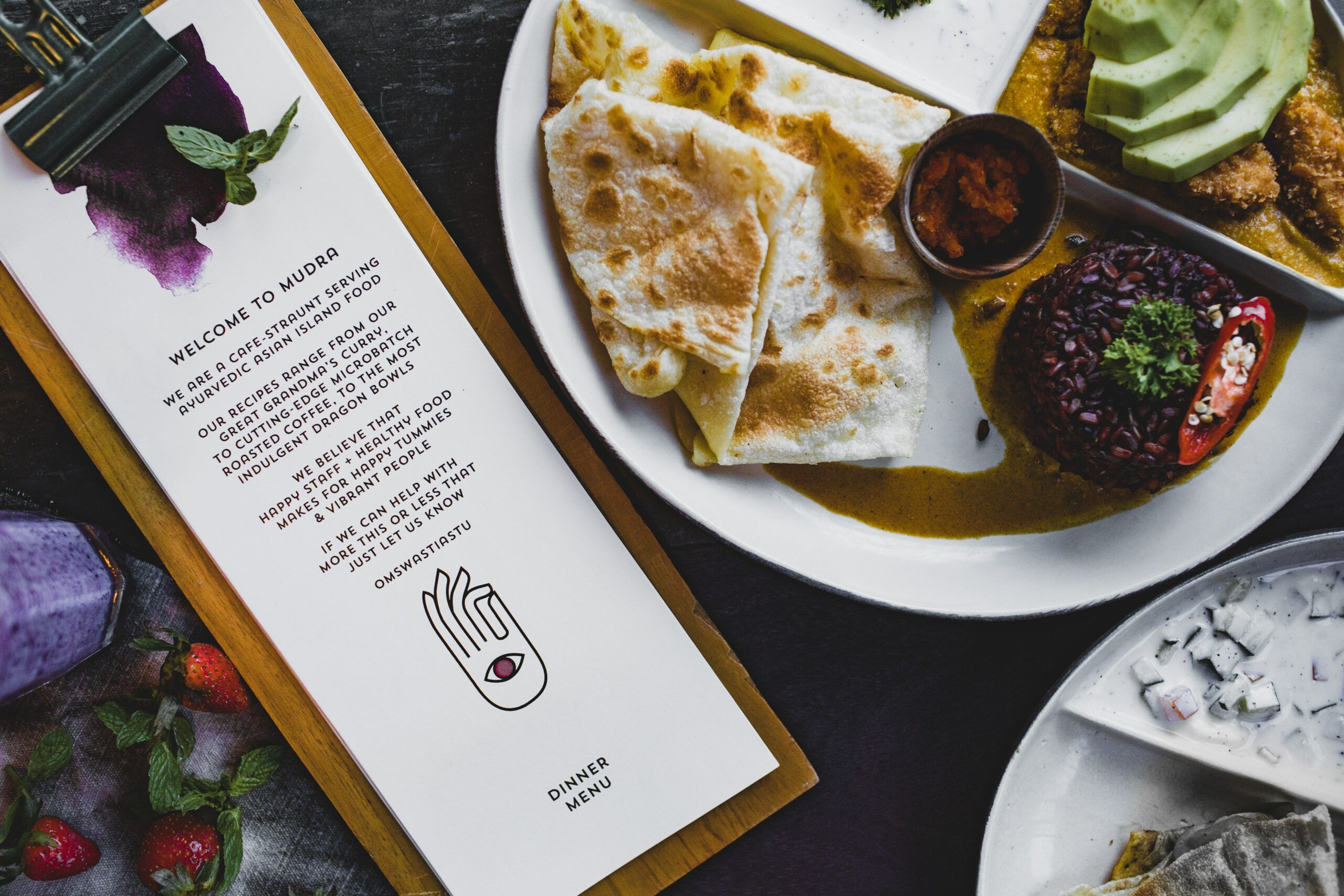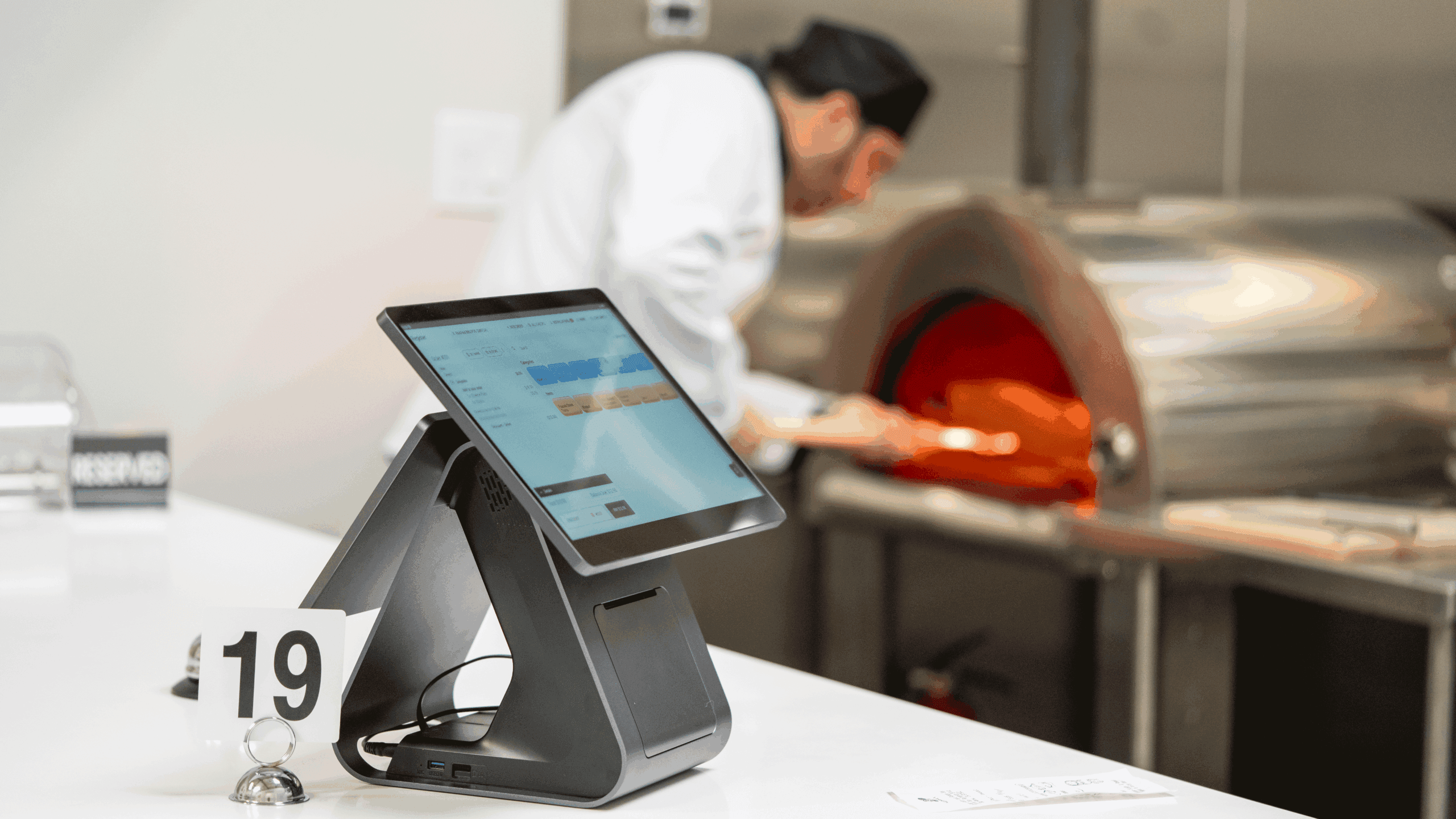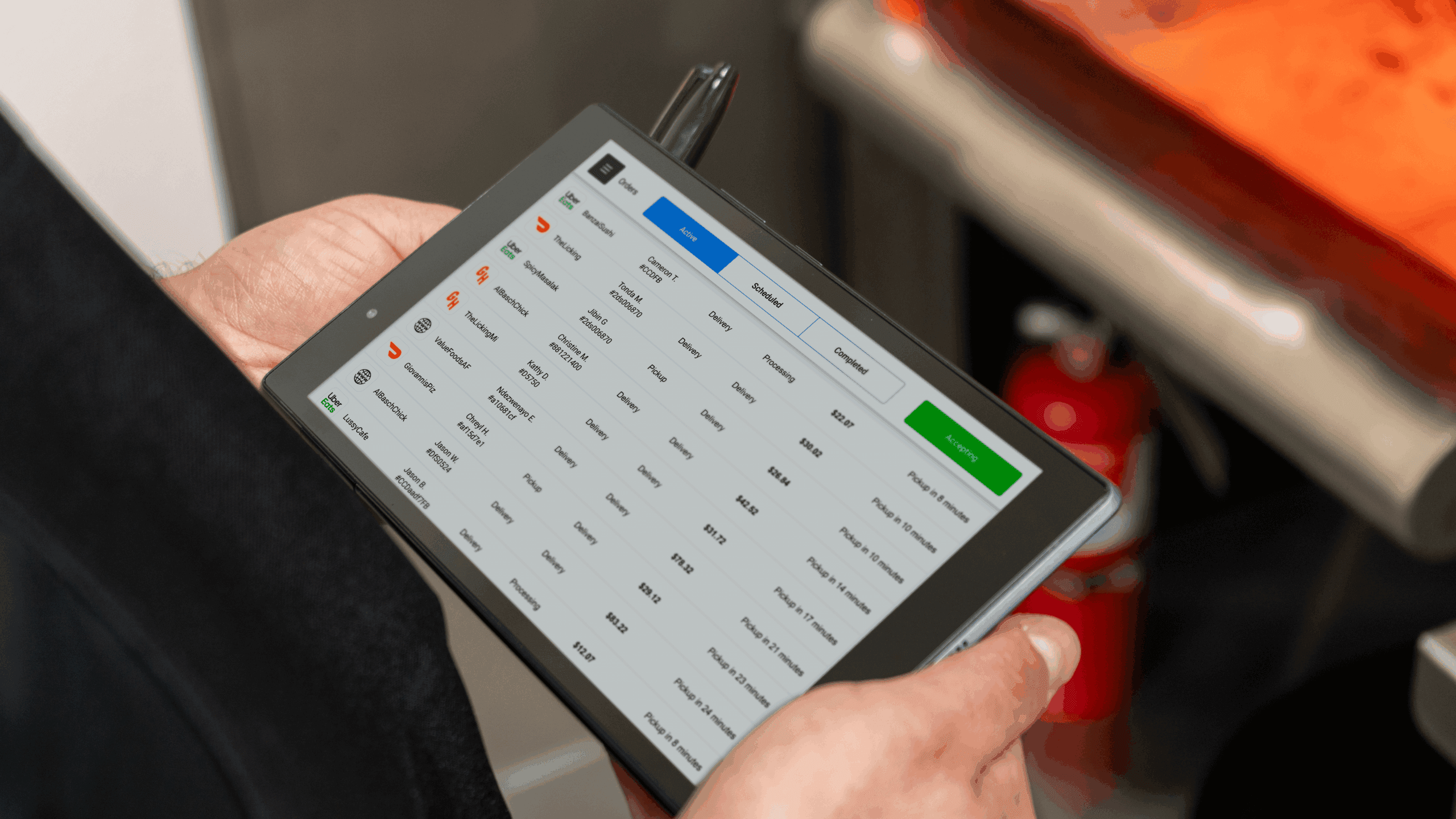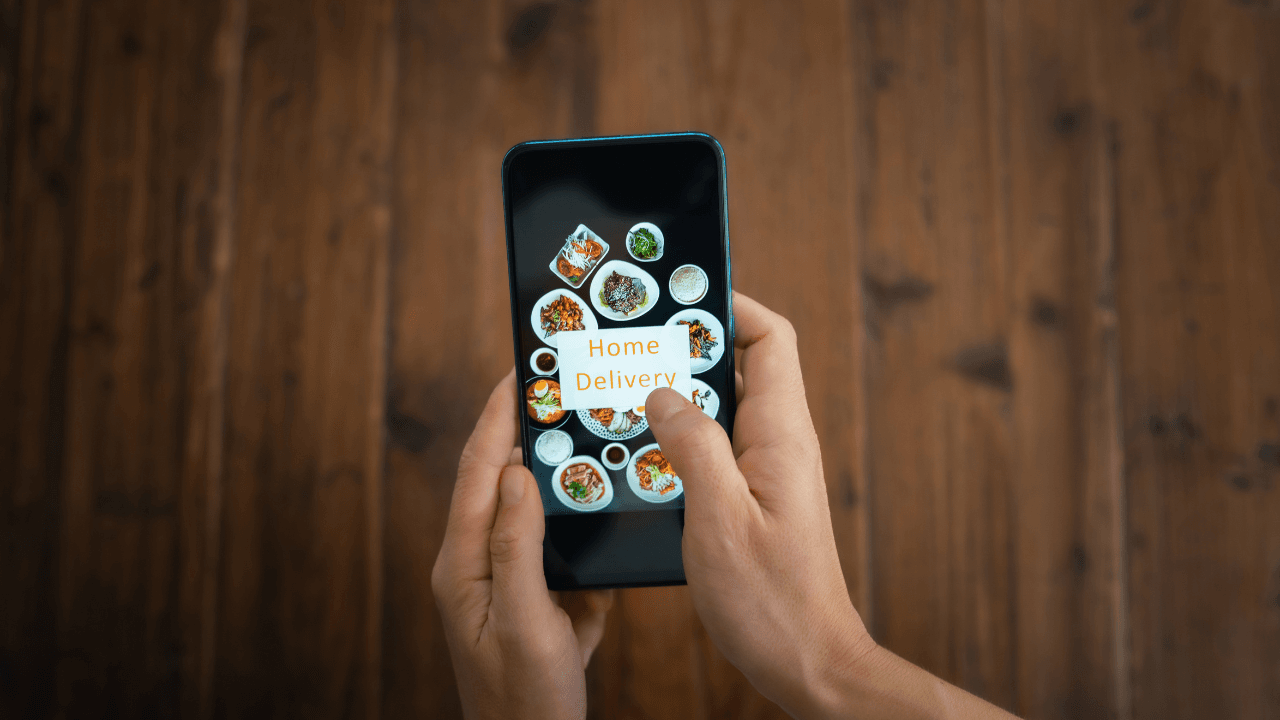- What Is Menu Management In Restaurants?
- Design Your Menu Strategically
- Menu Development And Engineering
- Pricing Strategies For Maximum Profitability
- Let Smart Technology Help You In Menu Management
- Restaurant Menu Update Strategies
- Market Your Menu
- Path Forward With Orders.co
- FAQ
Menu isn’t just a list of dishes; it’s the heart of your restaurant’s operation and a vital tool for impressing and retaining customers.
Whether you’re redesigning your current menu or starting from scratch, this guide will walk you through everything from crafting eye-catching designs to implementing pricing strategies that work.
What you’ll learn:
- Design Techniques: Create a menu that reflects your brand and appeals to your target market.
- Pricing Smartly: Ensure each dish not only delights but also delivers on profit.
- Tech Tools: Leverage the latest digital solutions to keep your menu dynamic and accessible.
Ready to transform your menu into a powerhouse asset? Let’s dive in and start shaping a menu that drives your restaurant to new heights.
Key Takeaways
- Effective menu management in restaurants aligns with your business goals and enhances your brand.
- Strategic menu design influences customer choices and increases profitability.
- Menu engineering allows for data-driven decisions to optimize dish performance.
- Adopt dynamic pricing strategies to adjust for time-based and demand-driven changes.
- Leverage technology like Orders.co to update and manage menus efficiently across multiple platforms.
- Regularly update your menu based on customer feedback and sales data to keep offerings fresh and relevant.
- Utilize marketing strategies to promote your menu and engage customers effectively.
- Orders.co enhances menu management in restaurants with features like AI-generated descriptions and integrated order management.
What Is Menu Management In Restaurants?
At its core, menu management involves more than just picking which dishes to serve. It’s about strategically creating a menu that aligns with your business goals, enhances your brand, and meets market demands.
Effective menu management in restaurants ensures that every dish on your menu contributes to your success, balancing customer appeal with cost-effectiveness and operational feasibility.
By mastering these elements, you can turn your menu into a powerful tool that drives sales and enhances the dining experience, ensuring customers leave satisfied and eager to return.
Also, read:
- 6 Menu Management Tips: Smart Steps For Better Results
- 7 Ways to Write Mouth-Watering Menu Descriptions
- 9 Restaurant Menu Design Tips That Will Help You Boost Profits
- 5 Must-Have Tools to Simplify Your Restaurant Operations
- The Ultimate Guide to Selecting a Restaurant Menu Management System
Design Your Menu Strategically
Fundamentals of Menu Design: Crafting a menu that resonates with your brand and appeals to your target audience is an art. It begins with understanding your customers’ identity and what they seek in a dining experience.
A well-designed menu showcases your culinary offerings and sets the tone for what diners can expect in terms of atmosphere and service.
Psychology of Menu Design: Your menu’s layout, colors, and typography can significantly influence diner decisions. Strategic placement of items can lead to higher sales of profitable dishes.
For instance, items at the top and bottom of the menu categories tend to draw more attention. Eye-catching designs for high-margin dishes can subtly steer customers towards these choices, enhancing their experience and your profits.
Through thoughtful design, your menu can function as a silent salesman, optimizing customer interactions and boosting the overall efficiency of your restaurant operations.
Menu Development And Engineering
Developing Your Menu: Crafting a menu that resonates with both chef creativity and customer preferences is key. Aim to blend a variety of dishes that appeal to different dietary needs and culinary trends, ensuring something for everyone.
Menu Engineering Techniques: Efficiently analyze sales data and profitability to refine your offerings:
Categorize each dish into one of four types:
This strategic approach helps you decide which dishes to promote, tweak, or remove, aligning your menu with both customer tastes and business objectives.
By continuously refining your menu based on solid data and thoughtful analysis, you can boost customer satisfaction and profitability, keeping your restaurant vibrant and competitive.
Restaurant menu stats you’ll find interesting:
- 70% of restaurant operators do not plan to increase their menu offerings in 2024, focusing instead on maintaining current items due to rising costs and uncertain labor conditions.
- 57% of consumers consider sustainability necessary when choosing a restaurant, prompting operators to emphasize eco-friendly practices and ingredients.
- 53% of restaurant operators expect an increase in merchandise sales in 2024, with items like branded restaurant merchandise growing in popularity, especially among 69% of millennials who prefer using restaurant-prepared ingredients at home.
- 82% of millennials strongly prefer daily specials, highlighting a demand for varied and limited menu options that cater to diverse tastes.
Pricing Strategies For Maximum Profitability
Start with a detailed breakdown of the costs for each dish. This helps in setting prices that cover costs while ensuring profitability. It’s vital to understand the direct costs of your ingredients and the indirect costs, like preparation and service, to price menu items appropriately.
Dynamic Pricing Models: Implement pricing strategies that adapt to varying factors:
- Time-based Pricing: Offer special prices during off-peak hours to boost sales.
- Demand-driven Pricing: Adjust prices based on the popularity of dishes. High-demand items can carry a premium during busy periods.
These pricing strategies help in managing profitability dynamically, responding to customer demand and market conditions effectively. It maximizes revenue and enhances customer satisfaction by offering value at optimal times.
Let Smart Technology Help You In Menu Management
Modern menu management in restaurants demands flexibility and precision. With the proliferation of online and mobile dining options, your menu must be enticing and consistently updated across all platforms.
You can manage and synchronize your menu in real-time using digital menu management systems like Orders.co. This ensures that customers see the most current offerings when ordering via Uber Eats, browsing your website, or placing an order through DoorDash.
Integrating with POS Systems: Linking your menu management system to your point-of-sale (POS) system is no longer just convenient—it’s essential. Integration facilitates flawless communication between your menu and sales transactions, minimizing errors and enhancing service speed.
With Orders.co, this seamless integration enables real-time updates and analytics that are crucial for maintaining operational efficiency and improving customer satisfaction.
Why Choose Orders.co?
✅ Unified & Real-Time Menu Management: Update and sync your menu across multiple platforms from a single dashboard. Changes to items, prices, and availability are instantly reflected everywhere, ensuring consistency and reducing manual errors.
✅ AI-Generated Dish Descriptions: Attract more customers with compelling, AI-generated descriptions for each dish, crafted to highlight the unique flavors and ingredients, enhancing the appeal of your menu.
✅ Custom Pricing for Third-Party Marketplaces: Tailor your pricing on different platforms to optimize revenue, accommodating varying commission rates while remaining competitive.
✅ Automated Menu Performance Reports: Gain insights into which dishes perform well and which do not, helping you make informed decisions to refine your offerings and increase profitability.
Top restaurants trust orders.co and have proven results:
By adopting advanced systems like Orders.co, your restaurant can achieve greater accuracy and improved efficiency and provide a smoother, faster service experience that meets modern diner expectations.
Restaurant Menu Update Strategies
Effective communication with your team is crucial when launching a new menu or implementing significant updates.
Provide comprehensive training sessions to ensure staff are well-versed in the changes. Engage them further with tasting sessions, boosting familiarity and enthusiasm for the new dishes.
Establish a routine for regular menu reviews to keep your menu vibrant and aligned with customer desires. Utilize both sales data and customer feedback to make informed adjustments.
This proactive approach keeps your offerings fresh, optimizes inventory management, and reduces waste.
Role of Staff Feedback
Incorporating feedback from your team is crucial. They are on the front lines interacting with customers and can provide valuable insights into what works and what doesn’t. Regularly solicit their observations and suggestions during staff meetings. This helps fine-tune the menu based on real-world feedback and fosters a sense of ownership and collaboration among the team.
Market Your Menu
Treat your menu as a key element of your restaurant’s marketing strategy. Before choosing a new restaurant, 85% of people check the menu online first, and 80% visit the restaurant’s website.
Showcase it prominently on your website and across social media platforms, highlighting signature dishes and seasonal specials to generate excitement and attract diners. Consider collaborations with food bloggers or influencers to amplify your reach and enhance your restaurant’s visibility.
Make sure your online menu is optimized for mobile devices and simple to navigate. Keep it updated with the latest additions to keep potential customers informed and engaged. Implement Local SEO optimization to improve your menu’s visibility in search engine results, helping new customers discover your restaurant more efficiently.
This proactive approach ensures that your culinary offerings reach a broad audience, maximizing interest and boosting revenue.
Path Forward With Orders.co
Your Inbox, Your Rules!
Tailor your newsletter with the topics you're most interested in.
As we wrap up, we have explored a full spectrum of strategies—from the initial menu design to leveraging cutting-edge technologies like Orders.co, to conducting thorough menu audits.
These steps are designed to increase customer satisfaction, boost profitability, and streamline restaurant operations.
Direct Ordering Platform
Orders.co provides a personalized, custom ordering website that enhances the customer ordering experience. Optimized for both mobile and desktop, this platform simplifies the ordering process and captures valuable customer insights, encouraging more frequent orders.
AI-Powered Restaurant Marketing Tools
Utilize Orders.co’s advanced AI-driven restaurant marketing tools to streamline your marketing efforts. These tools automate email and SMS marketing, ensuring personalized communication that engages customers effectively and boosts order consistency.
Integrated Multichannel Order Management
Orders.co excels in managing online orders across various channels—direct website orders, mobile apps, and third-party services. This integration increases operational efficiency, reduces errors, and speeds up service delivery, enhancing the overall customer experience.
Loyalty Rewards Program
Drive repeat business with Orders.co’s simple and effective loyalty rewards program. Customers earn points with each purchase, which can be redeemed for discounts or free items, encouraging frequent visits and increased spending.
Essential Analytics & Reporting
Access essential reports on your restaurant’s operational performance on 3-rd party apps and onsight with Orders.co. This data helps refine your marketing tactics dynamically and make informed decisions supporting growth and profitability.
Guest Feedback System
Stay proactive with customer relations using Orders.co’s Guest Feedback Monitoring tool. This system alerts you to negative reviews, allowing for quick resolution and demonstrating your commitment to customer satisfaction. Positive feedback prompts are also managed to encourage reviews on prominent platforms like Yelp.
Interested in seeing how Orders.co can specifically streamline your processes?
Schedule a free demo with our friendly team and explore how Orders.co can enhance customer retention, increase loyalty, and streamline your operations.
FAQ
- What are the common mistakes to avoid in menu management?
Avoid overcomplicating your menu with too many options, which can lead to longer wait times and increased food waste. Focus on a compact, well-crafted menu that highlights your restaurant’s strengths and simplifies inventory management.
- Can menu management in restaurants help in reducing food waste?
Yes, strategic menu planning can significantly reduce food waste by aligning dish availability with customer demand. Using sales data to adjust menu offerings can help ensure that ingredients are used efficiently before they expire.
- How often should a restaurant update its menu?
Regular updates, ideally seasonally, allow you to incorporate fresh, in-season ingredients which are often more cost-effective. This also keeps the menu exciting for repeat customers. However, any changes should be manageable to avoid disrupting kitchen operations.
- What role does customer feedback play in menu management?
Customer feedback is crucial as it provides insights into what dishes are favorites and which ones might need reworking. Implement a simple feedback mechanism, like comment cards or digital surveys, to gather valuable insights directly from your diners.
- Are there specific menu management challenges for theme-based restaurants?
Theme-based restaurants need to balance creativity with consistency. Menu items should consistently reflect the theme without sacrificing quality or operational efficiency. Seasonal promotions and events can be used to introduce new themed items without altering the core menu extensively.
- How can small restaurants implement effective menu management without a large budget?
Leverage technology solutions like free or low-cost menu management software to streamline updates and track inventory. Also, consider cross-utilizing ingredients across multiple dishes to minimize costs and waste.
- What is the future of digital menu management in restaurants?
The future points towards more integrated digital solutions that connect menu management with inventory, ordering, and marketing systems. Staying updated with technology trends can provide competitive advantages, such as dynamic pricing and enhanced customer personalization.










